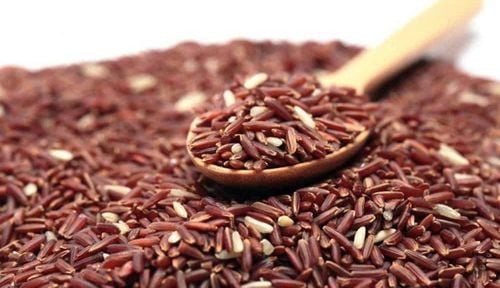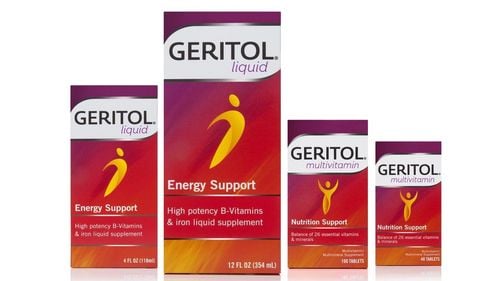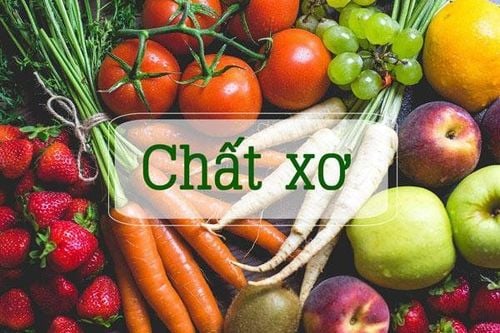This is an automatically translated article.
Whole grains are a good source of fiber and other important nutrients like B vitamins, iron, folic acid, selenium, potassium and magnesium. Here are some whole grains that you can include in your daily diet.
1. Barley
Barley is high in fiber, has a chewy texture and a nutty flavor. Barley is often packaged or prepared as a hot cereal and soup mix. The most fiber-containing ingredient in barley is the bran husk.
Barley husk is a rich source of selenium, manganese, magnesium, zinc, copper, iron, phosphorus and potassium, as well as B vitamins and fiber. One cup of 148 grams of whole-grain barley flour provides 14.9 grams of fiber, or 60% of the recommended minimum intake of an adult. It should be noted that barley contains gluten, so it is not suitable for a gluten-free diet.

Lúa mạch có hàm lượng chất xơ cao
2. Rye
Rye has been consumed for centuries because it is high in minerals and low in carbs. That's why rye bread doesn't raise blood sugar as much as wheat. Another reason to take them is that rye flour is rich in fiber, a 100g serving of rye flour provides 22.6 grams of fiber, about 90% of an adult's daily requirement. Fort.
Research shows that fiber can slow the absorption of carbs in the gut causing blood sugar to rise slowly but steadily, rather than spike. Rye flour comes in many forms such as light, medium, and dark rye flour. Light and medium varieties are not considered whole grains.
3. Spect
Spelt is an ancient whole grain wheat that has been cultivated for thousands of years. Nutritionally, spelt is high in manganese, magnesium, phosphorus, zinc, iron, B vitamins, and fiber. However, it has slightly more zinc and protein than whole wheat.
Like all other grains, spelt contains antinutrients such as phytic acid that can reduce the absorption of zinc and iron from the gut. This is not a big concern for adults on a balanced diet, as other foods provide more zinc and iron but it can be a problem for vegetarians and vegans. school.
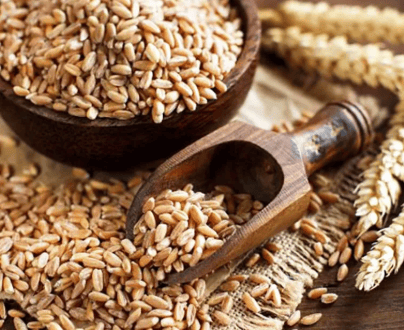
Spelt là một ngũ cốc nguyên hạt giàu dinh dưỡng
4.Bulgur
Bulgur is made from dried and boiled wheat kernels, it is usually sold as fine or raw. Sometimes, bulgur is confused with cracked wheat, but wheat usually takes longer to cook. Bulgur is low in fat and packed with minerals like magnesium, manganese, iron and fiber.
Consuming more bulgur and other whole grains reduces the likelihood of more inflammation and lowers the risk of heart disease and cancers. However, bulgur wheat contains gluten so it is not suitable for a gluten-free diet.
5. Corn
Unprocessed corn is a good source of manganese, magnesium, zinc, copper, phosphorus, potassium, B vitamins, fiber and antioxidants. Besides, natural corn is also gluten-free. Corn contains lutein and zeaxanthin, which are antioxidants that are abundant in yellow corn and have the potential to reduce the risk of macular degeneration and cataracts.
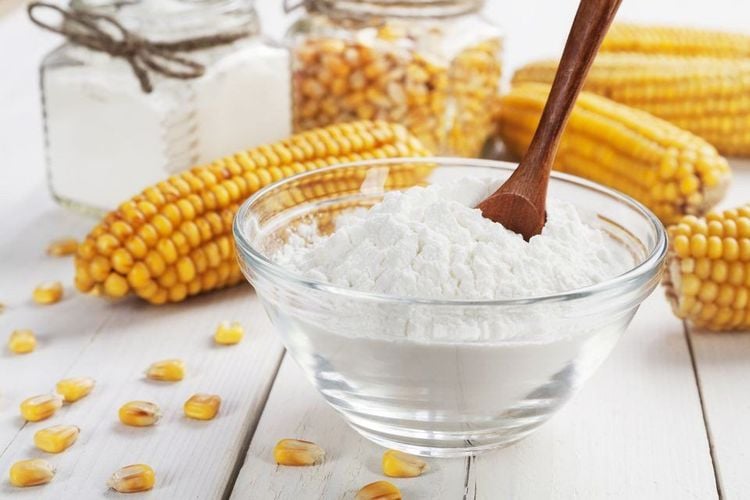
Trong ngô có chứa các chất chống oxy hóa
6. Popcorn
Popcorn is one of the healthiest snacks you can eat. This is a special type of corn that can expand under high heat. Corn kernels contain a small amount of water, which turns to steam when heated and causes the kernels to break apart.
Popcorn is a food made from whole grains. It contains many important nutrients such as manganese, magnesium, zinc, copper, phosphorus and many B vitamins. Furthermore, popcorn is rich in fiber, 100 grams of popcorn provides 14.5 grams of fiber equivalent to 58% of the amount. required consumption per day.
You should be careful to avoid buying pre-packaged popcorn bags in the microwave as they may contain potentially harmful chemicals. In addition, some commercially prepared popcorn can be laced with large amounts of unhealthy fats, salt, artificial flavorings or sugars, turning this healthy snack into something very unhealthy. .
MORE: Why is it important to eat whole grains, especially whole grains?
7. Millet
Millet is rarely used as food for meals. It is an ancient grain and is most commonly known as an ingredient in poultry seeds. However, when cooked, the millet seeds will have a golden yellow color like rice with a delicious, fatty flavor. Millet can be packaged in shell or whole millet.
Millet is rich in magnesium, manganese, zinc, potassium, iron, B vitamins and excellent fiber. Besides, millet is naturally gluten-free. Research has linked the consumption of millet with health benefits such as reduced inflammation, lower blood triglycerides and improved blood sugar control.
8. Oats
Oats are one of the most popular whole grains in America. They are affordable and available in sodium, sugar, and preservative-free forms. Oats are packed with vitamins, minerals, fiber and are naturally gluten-free. Besides, they are also rich in antioxidants, especially avenanthramide, which is an antioxidant that may reduce the risk of colon cancer and lower blood pressure. Additionally, oats provide a great source of beta-glucans, which are a type of soluble fiber that aids digestion and nutrient absorption.
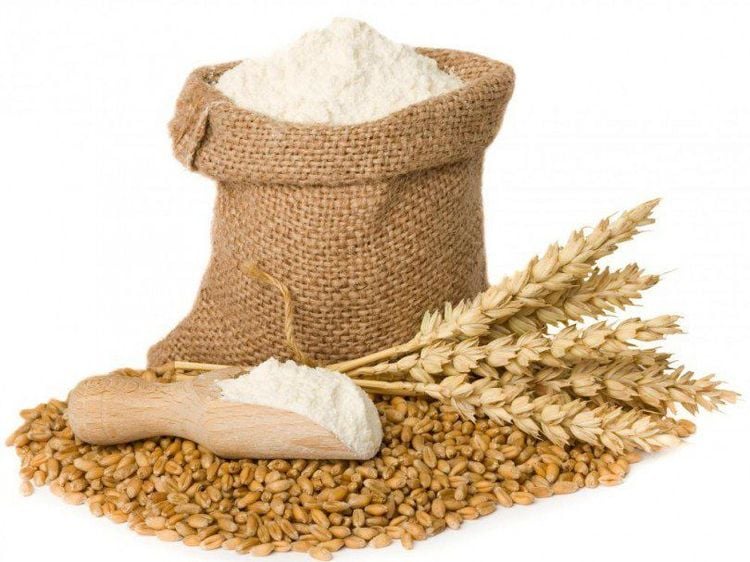
Yến mạch cóc chứa nhiều vitamin, khoáng chất
9. Buckwheat
Although its name is often mistaken for wheat, they are in fact unrelated to wheat. This is a grain that is used in the same way as cereals.
Buckwheat seeds contain manganese, magnesium, copper, phosphorus, iron, B vitamins, fiber and they are gluten free. Furthermore, buckwheat hulls are an excellent source of starch, which is a type of dietary fiber that supports healthy gut bacteria. Consuming resistant starch can improve blood sugar control and digestive system health, while supporting weight loss and heart health.
10. Quinoa
Quinoa is a South American grain, with a slightly crunchy texture. Quinoa is also used to make some brands of gluten-free pasta. They are produced as whole grains, and whole grain quinoa powder is packed with vitamins, minerals, protein, healthy fats, and fiber.
Quinoa is also an excellent source of antioxidants, such as quercetin and kaempferol. In addition, quinoa is one of the few plants that provide complete protein. This makes it a great choice for vegetarians and vegans.
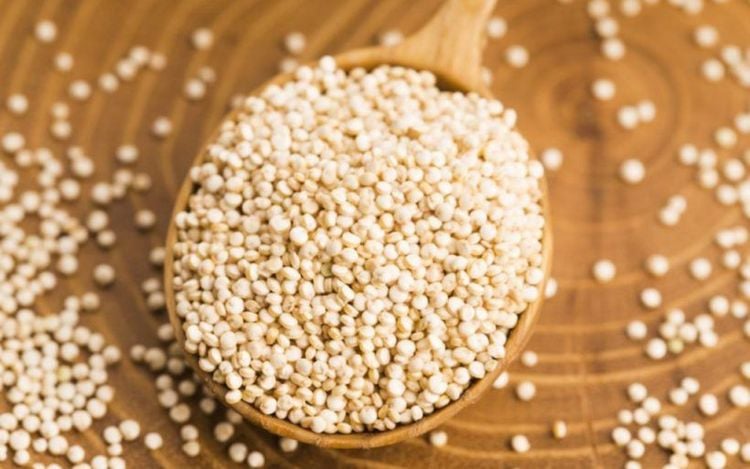
Quinoa là một chất béo lành mạnh
11. Whole Wheat
Wheat is often seen as a main ingredient in baked goods, pasta, noodles, steamed bread, semolina and semolina.
Although wheat is very popular, it also contains a certain amount of gluten. This is a protein that can trigger harmful immune responses in some people. However, if you can tolerate gluten, whole wheat is a great addition to the diet as it is a rich source of antioxidants, vitamins, minerals and fiber.
12. Brown rice
Brown rice is widely recognized as a healthier alternative to white rice as it is a whole grain containing the whole grain including the bran, germ and endosperm. The bran and germ are nutrient-dense ingredients, brown rice contains more fiber, vitamins, minerals and antioxidants. Each 100 grams of cooked brown rice contains 1.8 grams of fiber, while 100 grams of white rice provides only 0.6 grams of fiber. Brown rice is also naturally gluten-free, making it a great carb choice for a gluten-free diet.
MORE: What is the difference between brown rice and white rice?
Brown rice contains lignans, which are antioxidants that reduce the risk of heart disease by reducing blood pressure, inflammation, and "bad" LDL cholesterol.
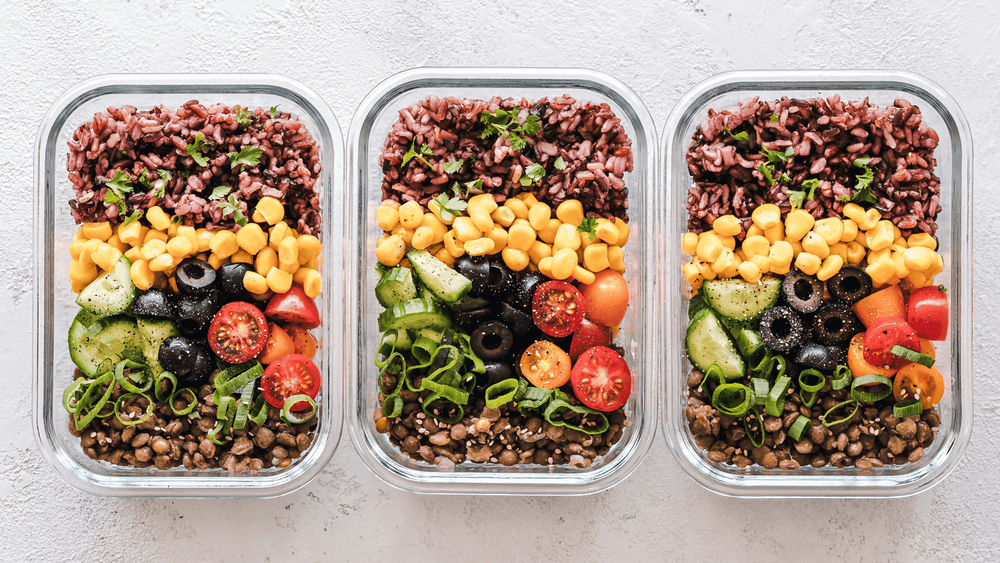
Gạo lứt được khuyên dùng trong nhiều chế độ ăn kiêng
13. Whole grain bread
Whole grain bread products are a good way to add whole grains to your diet. They are widely available and come in many varieties such as rye bread, whole wheat rolls and others. Furthermore, the grains and legumes in this bread are sprouted, meaning they have been soaked in water to germinate. This increases their nutrient content and reduces antinutrients commonly found in whole grains.
14. Whole grain pasta and whole wheat noodles
Whole grain pastas are made from the whole wheat grain so they have more vitamins, minerals and fiber than regular pasta. For example, wholegrain spaghetti has 2.5 times more fiber than regular pasta.
Thanks to the higher fiber content, whole-grain pasta tends to be more filling. Since they are made from wheat flour, many of the beneficial effects of whole grains have been lost. However, if you choose to eat pasta, it's better to choose whole grains instead of regular varieties because they contain more nutrients and have more fiber.
MORE: Diabetic Whole Grains
Whole grains are minimally processed, so they are more nutritious than refined grains. Consuming whole grains will provide various health benefits such as reducing the risk of chronic diseases such as heart disease, type 2 diabetes, cancer.
Please dial HOTLINE for more information or register for an appointment HERE. Download MyVinmec app to make appointments faster and to manage your bookings easily.
References: mayoclinic.org, healthline.com, heart.org




